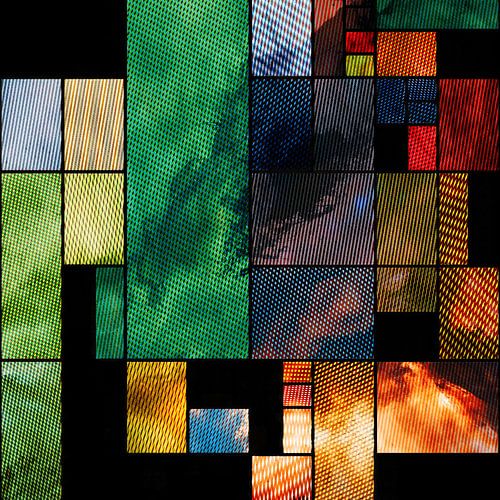Introduction
As a visual artist, I’m always on the hunt for tools that can help me bring my visions to life. One such tool that has become an integral part of my creative process is Filter Forge 11. This high-end software package allows me to create my own filters, resulting in unique textures and effects that add depth and dimension to my work. I skipped updating to version 12 which is the current version as of this writing because there is still so much to discover in version 11 and I am not missing much for my use cases.
Creating Surreal Textures for 3D Renders
My journey with FilterForge began with the creation of textures for my 3D renders. The software’s ability to generate colorful and surreal textures has allowed me to transform my 3D models into living artworks. I particularly enjoy creating dancers in dynamic poses, their skin adorned with textures that mimic intricate body paint designs. The same approach is often applied to the environments surrounding my models, resulting in a cohesive and visually striking scene.

While Filter Forge offers a wealth of possibilities, including the creation of normal maps and other texture layers, I primarily focus on the color layer. This approach aligns with my artistic vision and allows me to fully explore the software’s potential in this area.

From Filters to Artworks
Beyond textures, Filter Forge has also become a cornerstone in the creation of my standalone artworks. The software’s library of free filters, which can be downloaded and adjusted to suit my needs, has been a game-changer. I often run multiple filters on a single artwork, using the output of one filter as the input for the next. This iterative process results in complex and layered pieces that are truly one-of-a-kind.

My work with Filter Forge spans a wide range of styles and subjects. I’ve created abstract and generative art, text art, and even realistic elements like fire, leaves, light effects, bokeh, and snowflakes. These can be used individually or combined to create a final artwork. I’ve also explored various themes, such as a collection of abstract 70’s style artworks featuring patterns, motifs, and colors reminiscent of that era. Smooth glass and metal surfaces on blocks, or even whole city-like structures, can stand alone as art or be used as textures in a 3D render.

Over the past year, I’ve begun to create my own filters and modify existing ones using Filter Forge’s visual editor. This has opened up a new world of possibilities, allowing me to tailor the software’s effects to my specific needs and aesthetic preferences.
A Tool for All Artists
Filter Forge is an incredibly versatile tool, suitable for artists at all levels of experience. Beginners can start by applying one of the many free filters, while more advanced users can delve deeper, creating their own filters from scratch. The software runs smoothly on my Mac with an M1 processor, handling high-resolution renders (4000 x 4000 px for textures and up to 9000 x 6000 px for artworks) with ease.

I typically use Filter Forge as a standalone application, using the resulting TIFF or PNG files as ingredients in my final artworks. These files are then imported into Photoshop, where I combine multiple outputs from Filter Forge to create detailed pieces with a remarkable sense of depth.
Main Filter Forge website can be found here.
My art created using Filter Forge:
Discover more from Arjen Roos Art
Subscribe to get the latest posts sent to your email.












